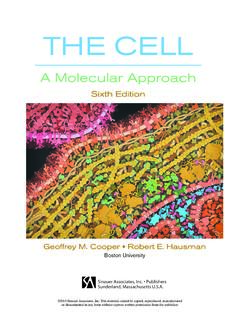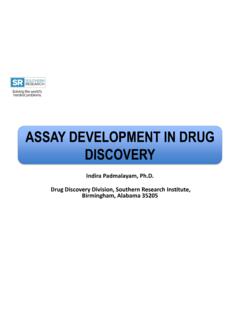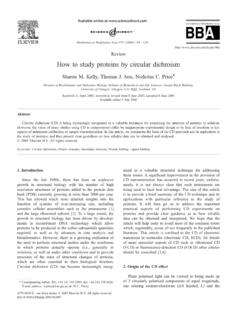Structure Function Relationship In Dna Binding
Found 9 free book(s)The Cell: A Molecular Approach, Sixth Edition
www.sinauer.comThe structure of DNA 108 Replication of DNA 109 ... Transcription factor binding sites 255 ... Structure and function of transcriptional activators 260 Eukaryotic repressors 263 Regulation of elongation 264 Relationship of chromatin structure to transcription 266
Enzymes: The Biological Catalysts of Life - EOLSS
www.eolss.netDevelopment of recombinant DNA technology in the 1970s had enormous impact in understanding of protein structure/function relationship. By applying gene manipulation it was possible to study in a rational manner amino acid residues involved in protein stability, substrate binding, enzyme catalysis and subunit interaction. It also facilitated
Structure/function relationship in DNA-binding proteins
www.purdue.eduStructure/function relationship in DNA-binding proteins Devlin Chapter 8.8-9 ! General description of transcription factors (TFs) ! Sequence-specific interactions between DNA and
Chapter 18: Regulation of Gene Expression
jkellerbiologyportfolio.weebly.comto neighboring nucleosomes. Such binding promotes the folding of chromatin into a more compact structure; when this binding does not occur, chromatin has a looser structure. As a result, transcription proteins have easier access to genes in an acetylated region. Some enzymes that acetylate or deacetylate histones are closely associated with or even
Chap. 1 Introduction to Biochemistry Reading Assignment
www.uwyo.edusuch as proteins and DNA, it is important to keep in mind that biomolecular structure and function are dictated by the properties of the medium in which they are dissolved. Therefore, this chapter presents an overview of the properties of water that are germane to the structure and function of biomolecules.
How Genes Work - MedlinePlus
medlineplus.govdetermines each protein’s unique 3-dimensional structure and its specific function. Amino acids are coded by combinations of three DNA building blocks (nucleotides), determined by the sequence of genes. Proteins can be described according to their large range of functions in the body, listed in alphabetical order: Antibody.
ASSAY DEVELOPMENT IN DRUG DISCOVERY
www.uab.eduMeasure function of a purified target Activity assays: Enzymes (e.g. kinases, proteases) Binding assays: Receptors (e.g. Nuclear receptors, Kinase receptors, ion channels, GPCRs) Identify compounds that modulate activity / binding of the target protein Recombinant (engineered) proteins, proteins isolated from crude cell lysates
How to study proteins by circular dichroism
ctrstbio.org.uic.edufunction of systems of ever-increasing size, including complex cellular assemblies such as the proteasome [1] and the large ribosomal subunit [2]. To a large extent, the growth in structural biology has been driven by develop-ments in recombinant DNA technology which allow proteins to be produced in the (often substantial) quantities
Molecular techniques in clinical microbiology
www.microrao.comDNA is a helical structure with AT and GC base pairs held by hydrogen bonds. When the solution of double strand DNA (dsDNA) is heated to near boiling temperature, the two complimentary strands separate. This is called denaturation or melting. The melting temperature of a particular DNA sequence is determined by its nucleotide composition.
Similar queries
Cell: A Molecular Approach, Sixth Edition, Structure, Binding, Function, Relationship, Enzymes: The Biological Catalysts of Life, Function relationship, Structure/function relationship in DNA-binding proteins, Regulation of Gene Expression, Genes, Proteins, Circular dichroism, Molecular techniques in clinical microbiology








